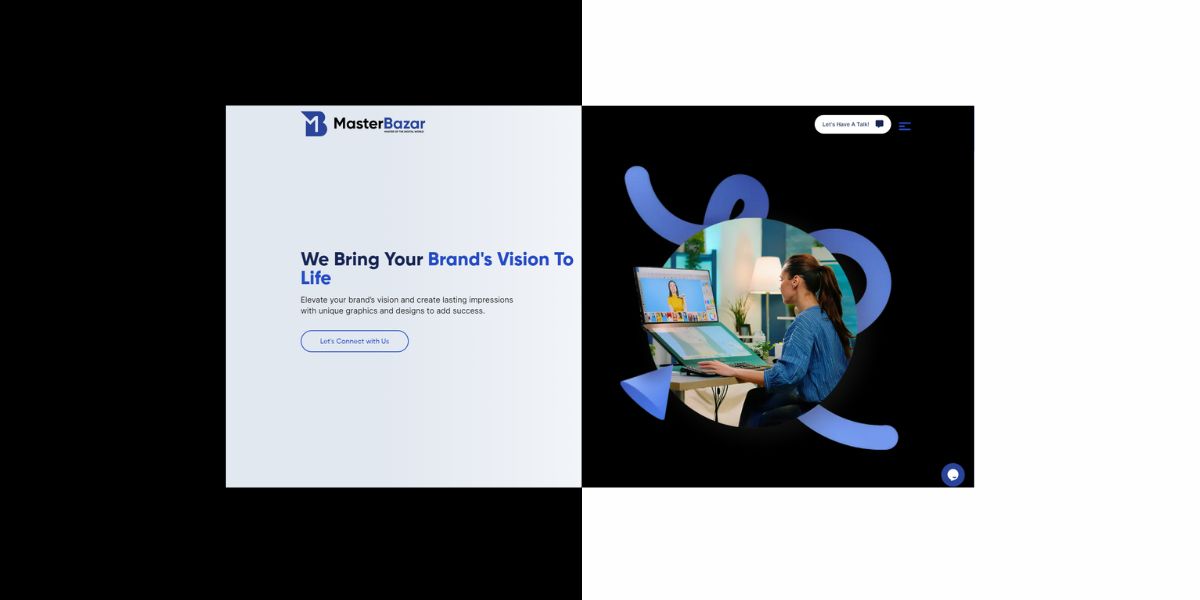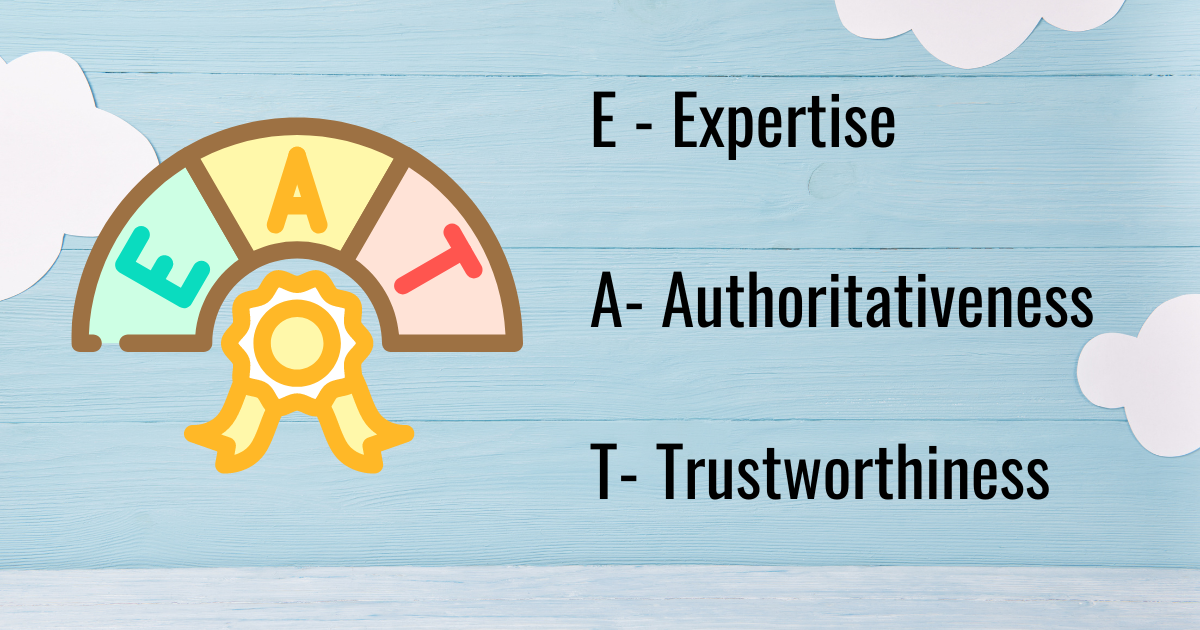Table of Contents
Dark mode design has quickly gained popularity over recent years, transforming various digital platforms and websites. Characterized by dark backgrounds with light text, dark mode provides a refreshing aesthetic and brings many advantages in improving UI UX design and accessibility for web experiences. As designers and developers seek new ways to engage their audiences more fully, adopting dark mode principles has proven an effective strategy for producing more immersive and inclusive web experiences.
Understanding Dark Mode Design
Dark Mode Design (sometimes referred to as night mode or dark theme design) reverts the conventional color scheme of light backgrounds with dark text to dark backgrounds with light or contrasting text and elements, providing reduced eye strain and extended battery life in applications and operating systems; its adoption into website design has since been driven by both visual appeal and functional advantages.
Read More: Website redesign for customer retention
Enhancing User Experience
Reduced Eye Strain: Dark mode website design isn't just aesthetics; it provides an effective solution for an age-old issue: eye strain. In dimly lit environments, the contrast between bright screens and surrounding darkness can cause discomfort and fatigue for users, Dark mode helps mitigate this problem by toning down screen intensity, providing a more soothing experience for eyes while helping alleviate strain. Prolonged screen usage becomes much less tiring on the eyes than before with its reduced contrast levels making for easier screen usage for longer.
Improved Readability: Dark mode has quickly emerged as the leader in optimizing readability, by switching up its traditional color scheme and placing text against a darker background, designers have enhanced the legibility of content in low-light conditions. Not only do users with visual impairments benefit from this change; but anyone who prefers reading in an ambient environment also finds this presentation beneficial as the sharp contrast between text and background encourages a seamless reading experience and reduces eye fatigue and cognitive load.
Enhancing Focus: Distractions can easily overtake users in the digital realm, distracting and deterring them from focusing. Dark mode design offers a solution by simplifying interface elements and drawing focus back toward core content - dialing back unnecessary visual elements while accentuating key components like text and imagery creates an environment in which users can engage with content without getting sidetracked - creating an enhanced sense of focus that elevates productivity
and immersion for an overall better browsing experience.
Visual Aesthetics: Dark mode design has an elegant aesthetic that transcends its functional benefits, exuding sophistication and allure. The sleek, understated elegance of dark colors appeals to users seeking contemporary designs with visually captivating interfaces; be it charcoal black's timeless appeal or midnight blue's muted allure - dark mode adds timeless allure that leaves lasting impressions with visitors while strengthening brand identity and visual identity.
Increased Visibility: Accessibility lies at the core of dark mode design, providing an inclusive browsing experience for users of diverse needs. In particular, people with visual impairments benefit from its high-contrast color scheme which improves visibility and legibility - helping make content more distinguishable against its background. As a result, websites cater to a more equitable digital landscape through this inclusive design strategy.
Customization Options: Recognizing the importance of user autonomy, dark mode design allows individuals to customize their browsing experience according to their tastes and needs. By offering dark mode as an alternate theme on websites, users have more flexibility in tailoring it according to comfort levels or accessibility needs. By including features like, toggle switches for switching between light and dark modes at will, users gain enhanced agency that enables seamless transitioning.
Compliance With Standards: Opting for a Dark mode UI design isn't simply about personal choice--it is also a statement about accessibility standards and inclusivity. By adhering to guidelines such as Web Content Accessibility Guidelines (WCAG), websites ensure their dark mode implementations meet appropriate color contrast and readability criteria, furthering accessibility while showing their commitment to providing user experiences accessible for everyone regardless of abilities or limitations.
Implementing Dark Mode Design
Adopting Responsive Design Principles: Adopting responsive design principles will ensure that dark mode fits seamlessly on different devices and screen sizes, providing users with an enjoyable viewing experience regardless of what device they're viewing it from. Designers should prioritize fluidity and consistency with an optimal viewing experience regardless of where it is accessed.
User Preference Settings: Giving users control over their browsing experience with light/dark mode switchout gives them more choices, while seamlessly transitioning themes can increase satisfaction and engagement rates among visitors. By integrating user preference settings seamlessly into your website's interface overall satisfaction and engagement rates increase on every visit.
Testing and Feedback: Usability testing and collecting feedback from a range of users from diverse backgrounds with various accessibility needs are vital elements in perfecting dark mode implementations. Iterative testing helps identify usability issues, fine-tune design elements, and ensure maximum accessibility.
Conclusion
Dark mode design represents a breakthrough in website aesthetics, offering an engaging blend of visual appeal, functionality, and accessibility. When designed properly it can create immersive web experiences that resonate with modern audiences - with user experience always at the forefront. Dark mode principles reflect our evolving digital landscape by emphasizing innovation, usability, and accessibility in website design. By harnessing its power designers can illuminate a path toward more engaging, accessible, user-centric web ecosystems.
So, after understanding the importance of dark mode, you must be on the hunt for the best web design company in Delhi. This is where MasterBazar comes into the picture and makes things easier for you.
Author - Sunny J.
Sunny J. is a seasoned content writer with 8 years experience in web development, software development and digital marketing content across multiple formats. He leverages his skills in crafting curated content on the web technology and digital marketing. In his personal time, He enjoys reading article and being up-to-date on trends in marketing and website design.





